Managing the ‘unmanageable’
By Margo Marchbank
You’re flying a regular public transport (RPT) aircraft on final approach to a major Australian metropolitan airport when ATC broadcasts ‘bird on runway’. Do you go around and wait for ground staff to disperse the hazard or do you proceed with the landing?
In this real-life scenario, which occurred in July 2018, two out of three RPT aircraft elected to go around, while the third proceeded to land, ingesting a large bird (over 4 kg) and destroying an engine.
Arguably, the scenario would have played out very differently if the ATC broadcast had said ‘Cumulonimbus detected’. Pilots with a healthy sense of self-preservation (and hopefully, that’s most) have a strong incentive to know their meteorology. They understand the perils of flying too close to towering cumulonimbus, know not to fly below the thunderstorm anvil and generally treat CB with the respect this force of nature deserves. Meteorology has been an intrinsic and important part of their pilot training, from ab initio level right through to ATPL, moving from the basics of cloud identification to a deeper understanding of the hazardous weather conditions which affect aviation safety.
However, the same cannot be said of another natural phenomenon—one with a similar potential for damage and disaster—the feathered and furred creatures which share the airspace.
Brian Greeves, who is the Australian Airline Pilots Association representative on the Australian Aviation Wildlife Hazard Group (AAWHG), says pilots and operators tend to regard wildlife strike as an act of God, as something beyond their control. ‘They don’t see wildlife as a hazard unless the strike causes obvious damage,’ he says.
However, the AAWHG and other wildlife management organisations believe there is much pilots, and the operators they fly for, can do to address the issue.
Jeff McKee, who holds a commercial pilot licence and is the principal research scientist with Avisure, a wildlife risk management consultancy, says pilots should regard birds as another ‘dynamic airspace hazard’ and plan accordingly. ‘Part of a pilot’s mandate is to avoid collisions in flight’, he says. That includes birds as well as other aircraft.
According to Transport Canada, when it comes to ‘reducing the probability and severity’ of wildlife/bird strike, pilots have four important duties:
- plan and operate all flights in ways that minimise the probability and severity of wildlife strikes
- stay on the lookout for birds and animals
- report all wildlife activity to ATC and other aircraft
- file a wildlife strike report to the appropriate agency—in Australia, the Australian Transport Safety Bureau (ATSB).
Planning to mitigate strike risk
Despite many pilots’ fatalistic attitude to wildlife strike, there are things they can do to reduce the probability and severity of strike. Pre-flight planning which takes birds into consideration is critical.
- Consult the En Route Supplement Australia (ERSA) when planning your route. Often ERSA provides relevant wildlife hazard information under the ‘Additional information’ heading. For Cairns (YBCS) there is half a page of information relating to flying foxes; the entry for Barrow Island Airport (YBWX), a class A wildlife refuge, reads ‘significantly increased bird level after dusk and after rainfall’. There are limitations to this information. For example, for Ballarat (YBLT), the listing simply says, ‘bird hazard’, so that’s where you need to do further research.
- Review NOTAMs and get up-to-date ATIS information for any current wildlife warnings for your departure, arrival and alternate airports, as well as your proposed climb and descent routes. Make contact directly with the airports to inquire about their current wildlife status.
- Research the route you are planning to take and what species you are likely to encounter along the way. This can be supported by the ATSB interactive wildlife strike data—which species are most commonly struck at which airports. From that data, the top six strike locations for galahs, for example, the most commonly struck species in Australia, are Canberra, Wagga Wagga, Parafield, Dubbo, Adelaide and Perth.
- Know the seasonal conditions. If you’re heading to Darwin in hot weather, the kites may well be soaring in large flocks on the summer thermals. From March to April, if you’re flying into Cairns, be aware those months are the peak time for flying fox activity as they fly from their camps around the city, over the airport, to feed on melaleuca blossom.
- Familiarise yourself with the size of the birds/wildlife you are likely to encounter and their characteristic behaviour. Do they tend to flock or are they more often solitary or in pairs? While individual galahs weighing in at an average 330 grams may not represent a problem to larger aircraft, galahs are gregarious birds, gathering in large, noisy flocks. Their ‘bouncing aerobatic flight’, as described by BirdLife Australia, can be erratic and unpredictable. Consequently, more than one third of strikes involve multiple galahs and approximately six per cent lead to aircraft damage.
- Avoid planning certain routes—the migratory bird seasons, species, flight routes and altitude, are location specific. From mid-March to mid-May and peaking in early April, Broome, for example, is the site of the East-Asian Australasian Flyway, where more than 100,000 shorebirds depart for their northern hemisphere breeding grounds.
- Consider carrying extra fuel in case you have to hold while airport ground staff disperse birds from the runway.
Take-off
‘Take-off is the most dangerous operation for a pilot and definitely the most dangerous for bird strikes’, Avisure managing director Phil Shaw says. ‘When taxiing, pilots should be scanning for any flocks. If there’s a large bird on the runway, they can request a clearance, but they’re often loath to do that. They feel that once the engines have started, they become loud and noisy and, when the birds see the aircraft closing in on them, they will shift’.
The problem with that theory is that generally, birds will only move when the aircraft is on the runway and that can be at an inopportune moment such as when the aircraft is at V1, leaving the pilot with no choice but to take-off. Then there is a high risk of ingestion, as happened to the Ural Airlines A321 destroyed in August 2019. It ingested gulls in two engines on take-off from Moscow and was forced to land in a nearby cornfield.
McKee says the process for bird hazard assessment should be no different to the ongoing risk assessment pilots do using their background and training in meteorology. ‘When I’m taxiing out, I’m looking around at the windsock to assess the wind direction and the cloud types and making decisions, such as “I’ll fly 30km to the west before I turn around that thunderstorm”,’ he says. Pilots have to be able to assess the risks to be able to make decisions in a dynamic environment. ‘For example, “I can see these birds on the runway and they’re that species. They’re going to be a risk or I’ve got other operational factors to consider and I have to go”.’
If you observe birds or other wildlife on or near the runway, delay your departure if possible until the birds have been dispersed. Avoidance is not necessarily an effective strategy, as even pilots of GA aircraft cruising at 120 knots are more likely to see birds they are not going to hit, rather than ones they will.
If bird activity is reported, operate your aircraft at reduced airspeed to minimise the impact force and hence aircraft damage. Speed is the chief factor determining what level of damage will result from a strike. A 20 per cent increase in speed results in a 44 per cent increase in impact force. To minimise potential impact damage, maintain a safe operating speed—no more than 250 knots for larger RPT aircraft.
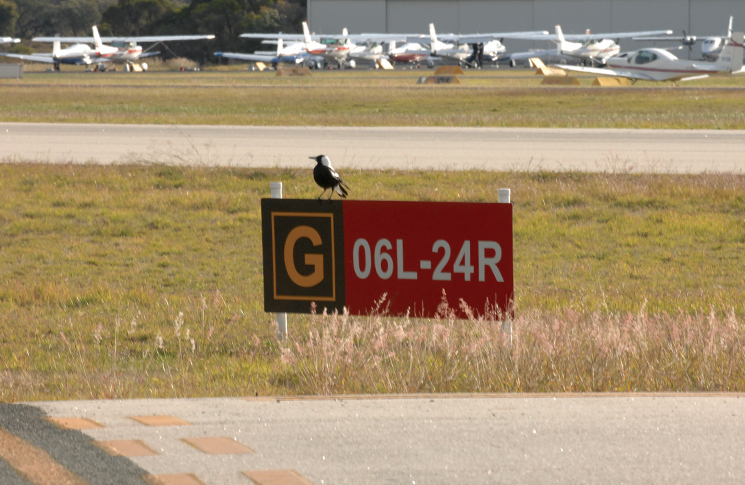
Training—strictly for the birds?
Head of safety for the Australian Pilot Training Alliance, Andrew Warland-Browne, who is based in Moorabbin, says their trainee pilots do not undertake any formal wildlife hazard training. While the organisation takes wildlife hazards into account with a threat assessment in pre-flight briefings and no longer sends PPL students on nav exercises to ALAs because of aircraft hitting kangaroos, he says ‘there is nothing formal in any of our training materials’ on the subject.
That’s something the AAWHG would like to change. Greeves advocates for wildlife hazard training for pilots from ab initio to ATPL, analogous to the meteorological syllabus in providing an increasingly complex understanding of the topic. He has been the driving force behind the development of the group’s ‘Recommended practice on training and competency for flight crew’. Operators could incorporate a wildlife training module into their evidence-based training syllabus.
The proposed initial training syllabus includes topics such as:
- the roles and responsibilities for wildlife hazard management
- wildlife identification and behaviour
- factors affecting the probability and consequence of aircraft wildlife strikes
- detecting, analysing and mitigating wildlife strike risk
- communication and reporting.
The last point, communication and reporting, is critical: we cannot manage what we do not know. Airlines are reporting through their safety management systems in a fairly effective way, but small GA operators and private pilots’ reporting levels are not good,’ Phil Shaw says. This sector of industry is 16 times less likely to report—while the possibility of a GA strike is lower, the consequences are much higher, with damage to the aircraft and the pilot.
Accidents and serious incidents which affect the safety of aircraft—such as bird strikes—must, in the first instance, be notified to the ATSB’s 24-hour toll-free line 1800 011 034. Written notifications are required to be submitted within 72 hours of an accident, serious incident or incident: atsb.gov.au/mandatory/asair-form/notification-info/
Wildlife strike in Australia—the statistics
- In March 2019 the Australian Transport Safety Bureau (ATSB) released its latest Australian aviation wildlife strike statistics report covering the 10 years 2008–17. According to the report, ‘occurrences involving aircraft striking wildlife, particularly birds, continue to be the most common aviation occurrence reported to the ATSB. Strikes with birds are a potential safety risk and present a significant economic risk for aerodrome and aircraft operators.’
- Strikes are on the increase, too, with 2017 recording the highest number on record, 1921.
- The five most commonly struck flying species were flying foxes, galahs, magpies, ‘bats’ (many of which were likely to be flying foxes) and plovers.
- Strikes involving turbofan aircraft are on the rise as traffic movements increase, improved technology makes aircraft faster and quieter and the bird population also increases.
- The number of bird strikes involving a bird ingested into an engine in high capacity air transport operations has risen in recent years. About one in ten bird strikes for turbofan aircraft involve a bird ingested into an engine.
- Between 2008 and 2017, there were 11 occurrences involving one or more birds ingested into two engines of turbofan-powered aircraft.
- Figures quoted by one major domestic carrier at the Australian Airports Association conference in November 2019 revealed 263 strikes for the previous 12 months or a rate of 2.3 per 1000 departures. Seven of these strikes caused aircraft damage and the strikes accounted for a delay over the year of approximately 1700 minutes.
- McKee notes seven strike incidents occurred to high-capacity RPT aircraft in 2016–2019 where pilots ignored immediate prior warning of the hazard. These resulted in three multiple collisions, four engine ingestions and two engine replacements.

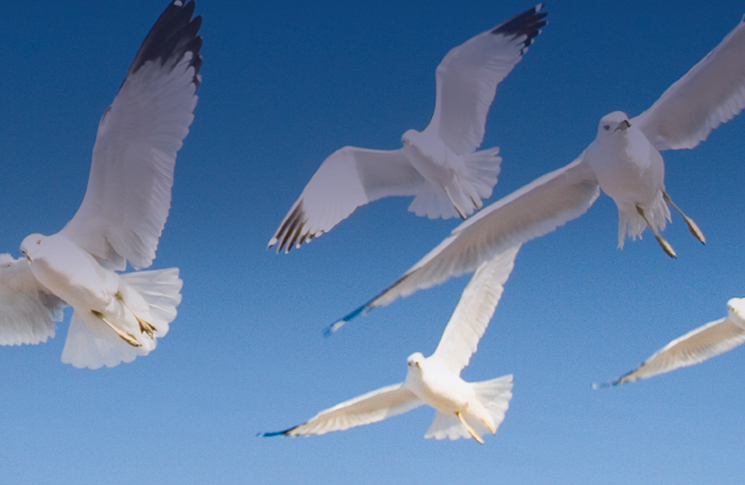
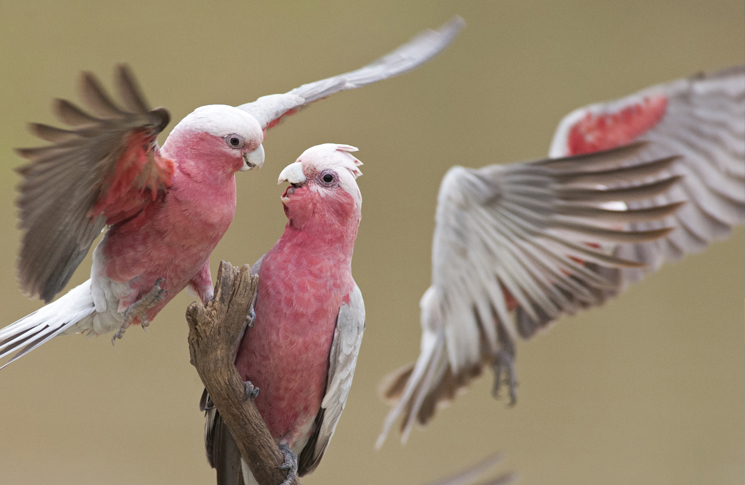
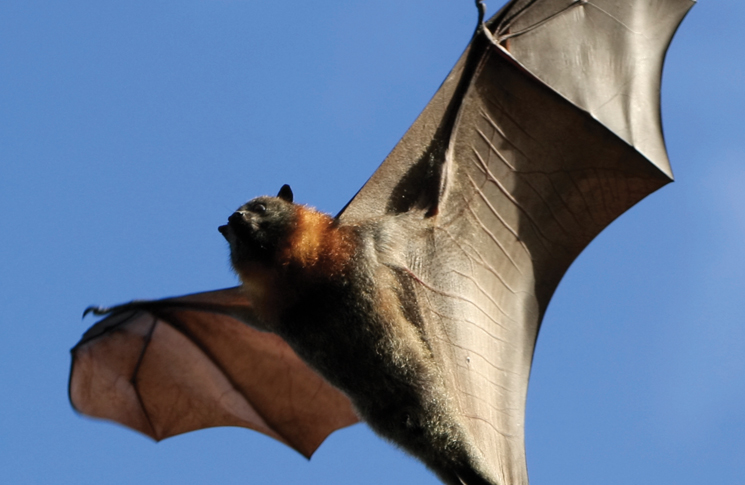
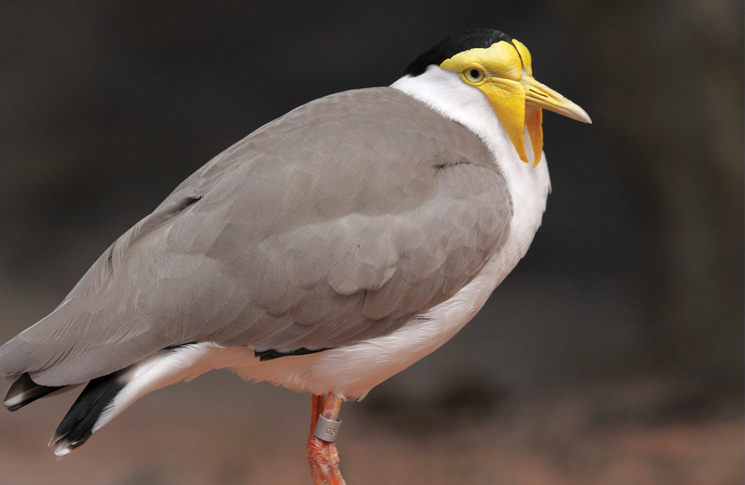
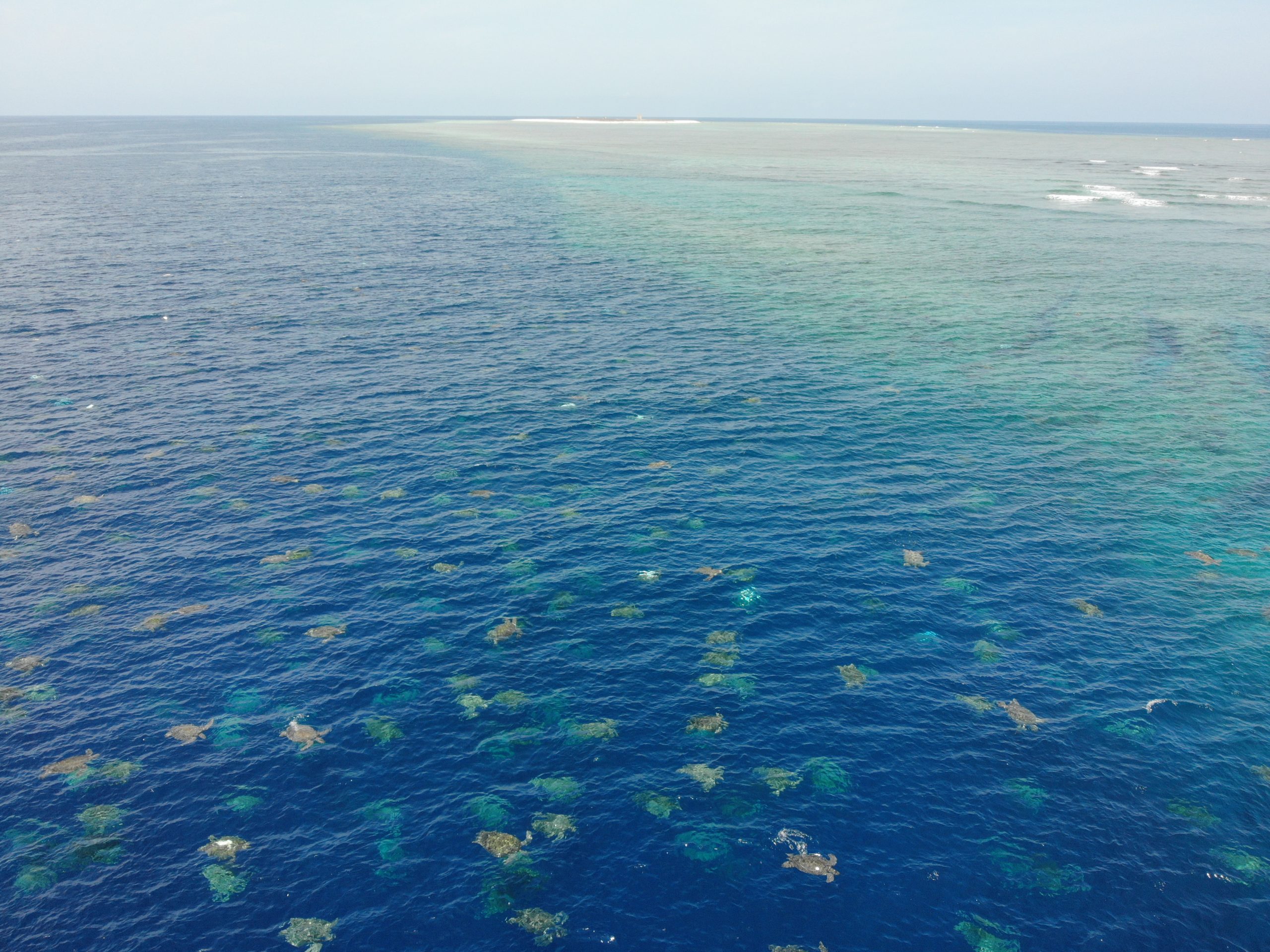
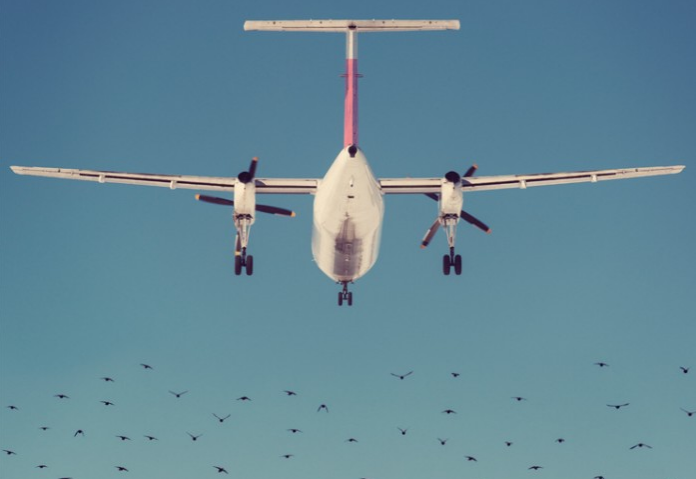
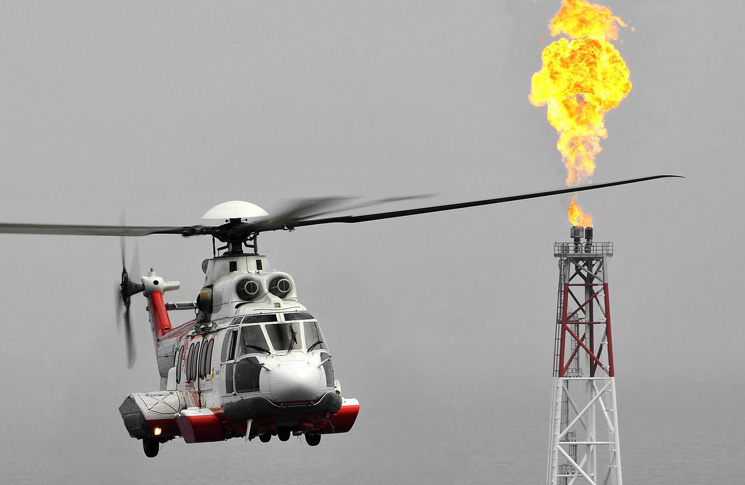

If you are on final are you not better to continue the landing than go around and hence risk ingestion during that critical phase of flight?
Really good question Simon. Answer is, it depends. Early in final approach (where you can by 4-5miles out) there is plenty of time to safely go-around. This was the case in the example mentioned in the article. This assumes TWR has provided the information necessary for the pilot to make the appropriate risk assessment. On late finals, it is as you suggest, much safer to continue with the landing.
In July last 2019 we encountered a number of large birds soaring just below the cloud base at around 5000 ft when cruising from Mudgee to Katoomba. It was mid afternoon. They looked like eagles to my untrained eye. We put on the landing light as a precaution, as I remembered reading somewhere that is effective in reducing bird strikes.